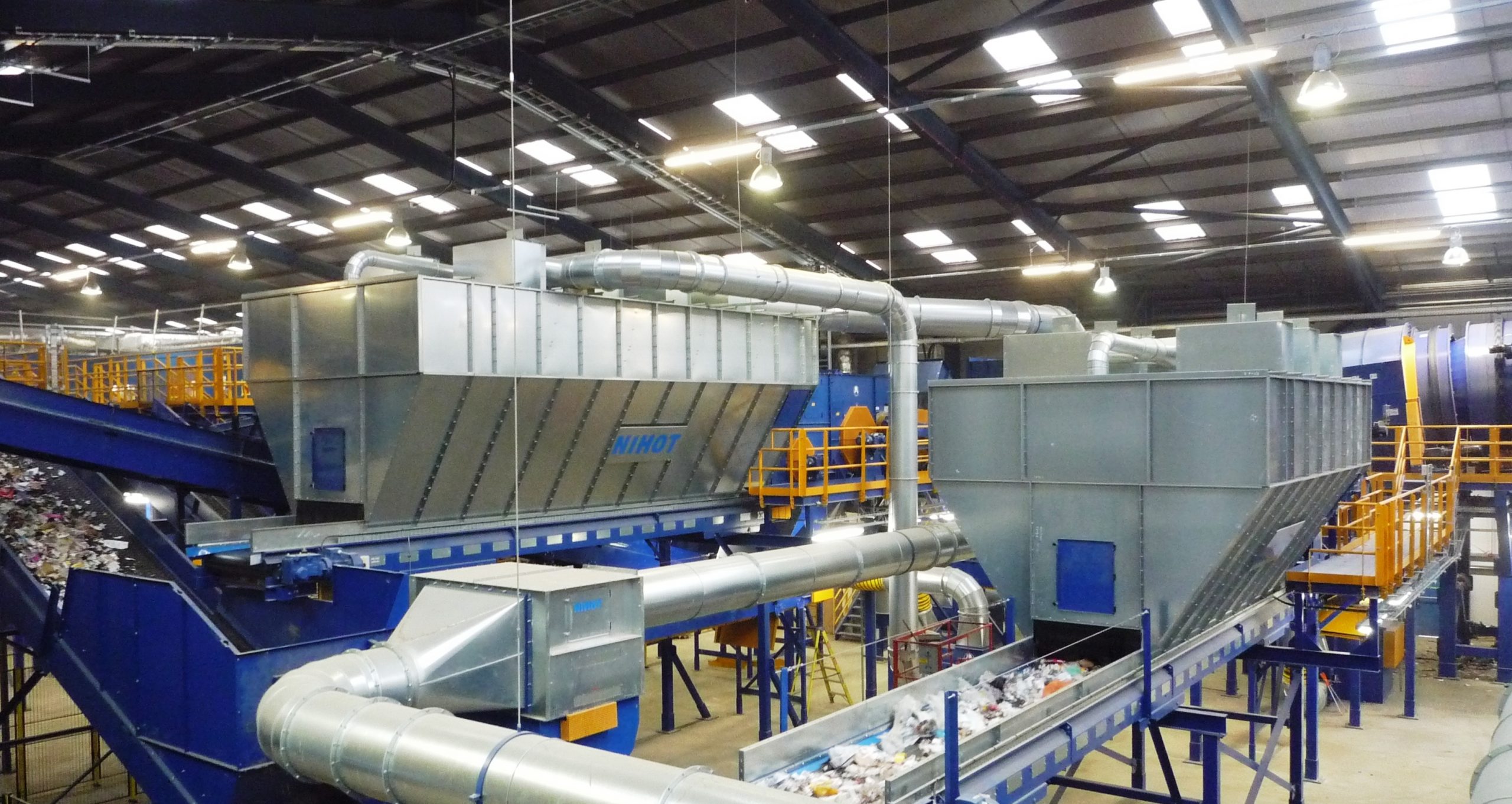How To Choose The Best Separation Equipment According To Your Requirements
What does Sieving Machinery do?
Separation equipment is used to separate different kinds of material that happen to be mixed. Mechanised separation is quicker, cleaner, more efficient and more cost effective than separating by hand. Dust caused by the process can be contained, employees don’t come into contact with hazardous substances, and hygiene can be of the highest standard. The machinery uses motors to vibrate sieves that will allow smaller particles to pass through and hold larger particles. The sieves are often positioned at a specific angle to allow the quickest separation. Some machinery comes with self-cleaning mechanisms.

Dry Separation
Some sieving equipment is designed to separate dry materials. These can range from very fine powders used in the pharmaceutical industry or the food industry to very large amounts of rubble or rubbish used on building sites or in recycling plants.
Vibrating sieves can be used to separate fine powders down to a size of 25 microns. They can also be used to sieve dry materials of a much larger size. Some separation machinery has only one sieve, while others come with two or more screens to allow for very precise separation of two or more kinds of material.
Dry separation typically takes place in the mining and metal industries, where metal needs to be separated out before further processing. Separation is also used in the processing of aggregates such as limestone, sand, quartz, basalt or dolomite before use in the construction industry. Other industrial uses include processes for producing fertiliser, glass making, the production of PVC powder and the processing of dry food.
Dry sieving equipment is often equipped with a hood or a box to prevent dust from escaping from the process and avoid contamination from outside sources.
Wet Separation
At other times and in other industries, it is necessary to have separation machinery that can handle liquids or wet substances. Often, the substance to be separated is held in a slurry or liquid and needs to be separated before it can be dried and processed further. For example, the food industry often needs to process liquids such as fruit juices, liquid chocolate and milk whey. In this case, hygiene is of the utmost importance.
Industrial uses of wet screening include the processing of liquid fertilisers, the production of paint and glazes, and the removal of substances such as coal dust from mining slurry.
When deciding which machine you need, it is important to consider the following questions: Do you need wet or dry screening? What size mesh do you need, and do you need more than one mesh to screen multiple materials? Finally, what hygiene or protective measures do you need?


















